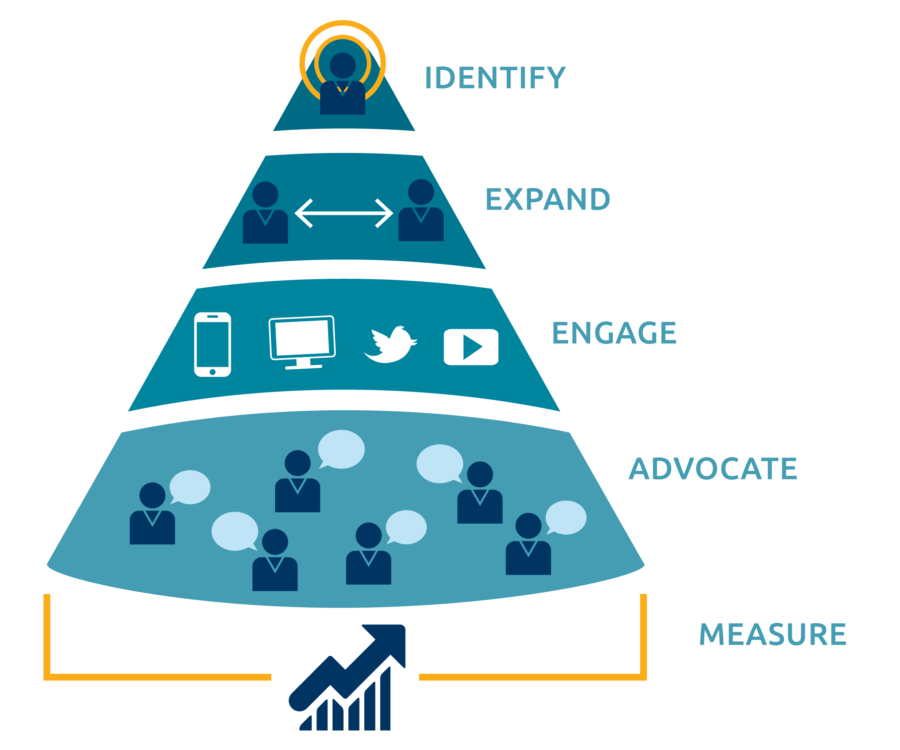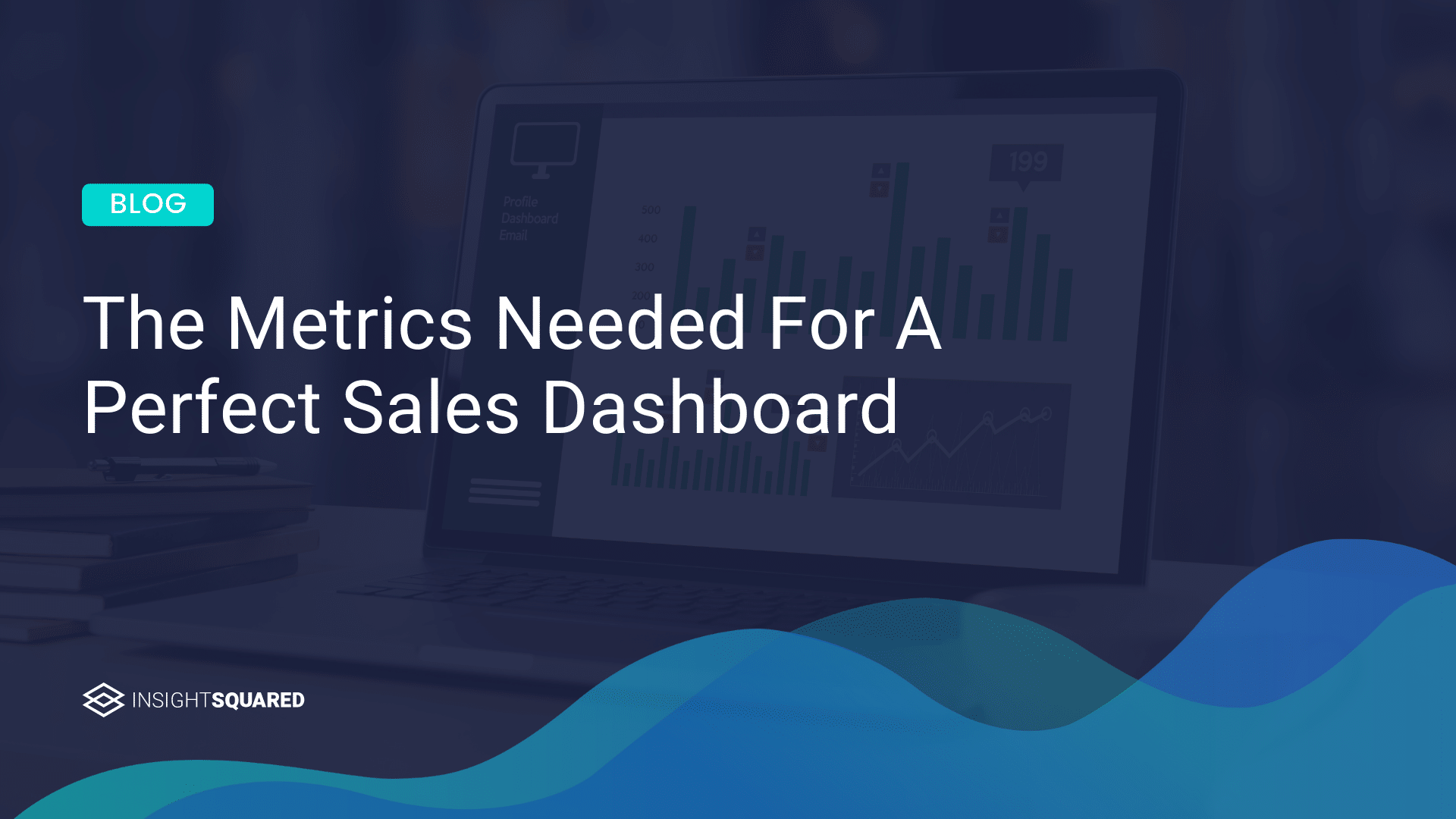The real question is whether you understand account-based marketing (ABM) enough to determine when is the best time to make that jump. But before we dive into the question of whether or not you should adopt ABM programs, let’s take a step back and ask ourselves: what really is ABM?
What is ABM?
Account-based marketing is not a buzz word. It’s not a new function, either. ABM is a go-to-market strategy that zooms in on individual accounts and personalizes at the account level. Following the ABM strategy, marketing and sales teams focus their resources on a clearly defined set of highly targeted accounts, each of which is treated as a market on its own–a market of one. Instead of relying on a blanket strategy that hopefully appeals to every prospect, ABM tailors its messages based on particular characteristics of each account, hence the name account-based marketing.
To illustrate how ABM works in comparison to traditional lead-based marketing models, let’s think about it as going fishing. It’s a cliche analogy but works perfectly. If you’re using inbound marketing to generate leads, your goal is to generate as many leads as possible and qualify them later to pass on to the sales team. It’s like casting a wide nest over a large area that will guarantee you some fish. It’s low effort for wide coverage, but you have little control over which fish you’re getting. Big, small, high-value, low-value, it’s going to be a mix of everything. With the ABM approach, however, you’re going in with a clear vision of what you want to target. It’s like going fishing with a spear: you’re going after specific, high-value catch that requires a deeper dive, but once you’ve identified it, it’s going to be much more valuable.
Analogy aside, the key difference between ABM and traditional lead-based models is the focus of marketing and sales activities. Traditional models are people-centric, focusing on identifying as many prospects as possible and getting them to engage, thus creating the funnel that we usually see.

Sales and marketing work separately through this funnel with marketing generating leads for sales teams to work on and try to convert into sales. ABM, on the other hand, starts with a target company, which sales and marketing will work together to turn into a long-lasting, sustainable business relationship. Sangram Vanjre, the co-founder of Terminus, defined this approach as #FlipMyFunnel. The ABM funnel is something that looks more like this.
The goal of traditional models is to drive as many prospects as possible to convert into sales; the goal of ABM is to nurture a relationship with a high-value account to create more valuable deals. In short, you’re trading quantity and quality.
The return of such a trade is the level of personalization. With a better-defined target, tailored messages and outreach, you’re looking at potentials for higher ROI, especially when your targets are high-level accounts with bigger deals. When you treat an account as a market on its own, you also solve the problem of attribution.
Having a single account as the point of focus helps bridge the gap between sales and marketing. For years, these two teams have been speaking two different languages: sales looks at accounts with high potential to buy, while marketing pays attention to creating campaigns that generate high engagement for the entire market or industry. ABM gives them a common goal to work toward, thus better team alignment.
So, when should you make the jump to ABM?
ABM is powerful, but not every company is ready for it. For your ABM to be successful, you need a specific, well-defined audience with clean data that can guide your outreach. If you’re looking to increase traffic, ABM might not be for you. Remember, ABM is looking for quality, not quantity, and that’s why you should only use it for your high-value accounts.
The second consideration before making the jump is whether or not you have enough resources to support this strategy. Tailoring messages and contents to a single account requires both time and effort, now multiply that by the number of accounts that you’re targeting. It’s no easy feat without team commitment and strong alignment.
ABM brings together sales and marketing teams by providing them with a single goal to work toward, but in order for it to succeed, it requires both sales and marketing inputs. The name is account-based marketing, but sales teams are the ones who will nurture the relationship and explore expansion opportunities.. It’s not something that the marketing team alone can pull off. In other words, everyone working on an account needs to understand who they are working with and how they can support each other, regardless of whether they came from the marketing or the sales side.
At the end of the day, ABM is the natural evolution of the marketing go-to-market strategy, but it requires certain conditions to be successful. So the question you and your team need to figure out is not whether to ABM or not to ABM. The real question is whether you’re ready for that jump and how to best prepare for it.




